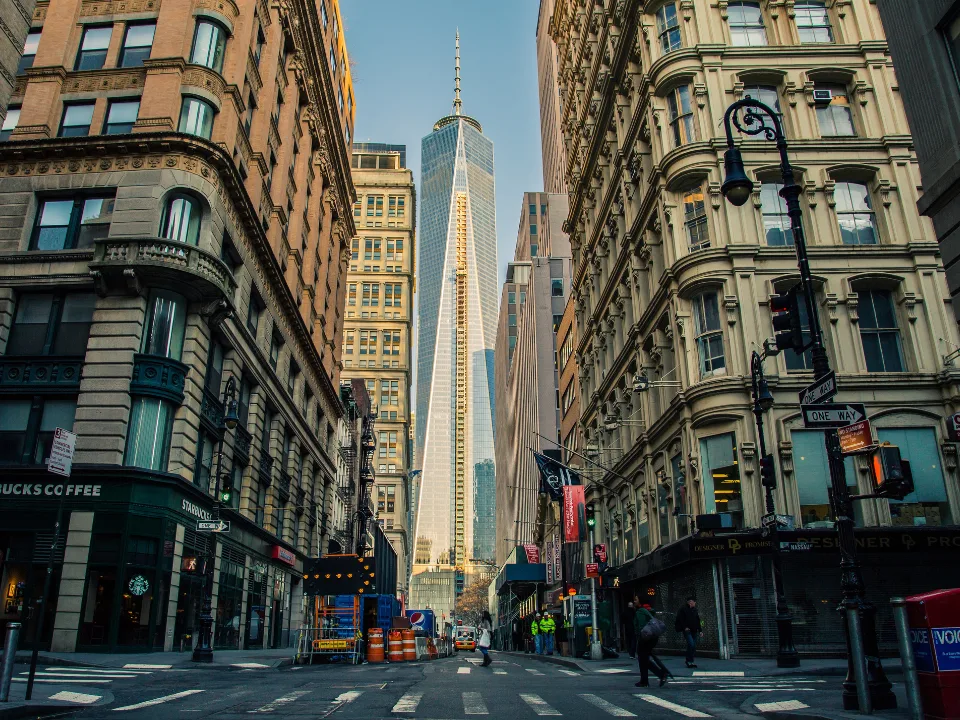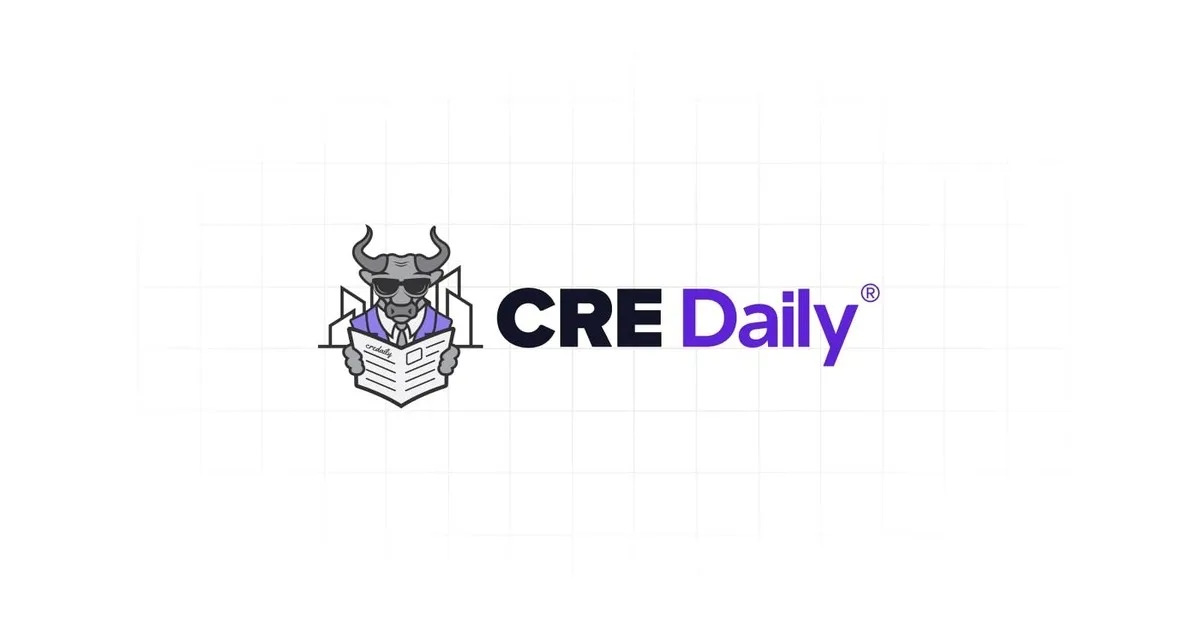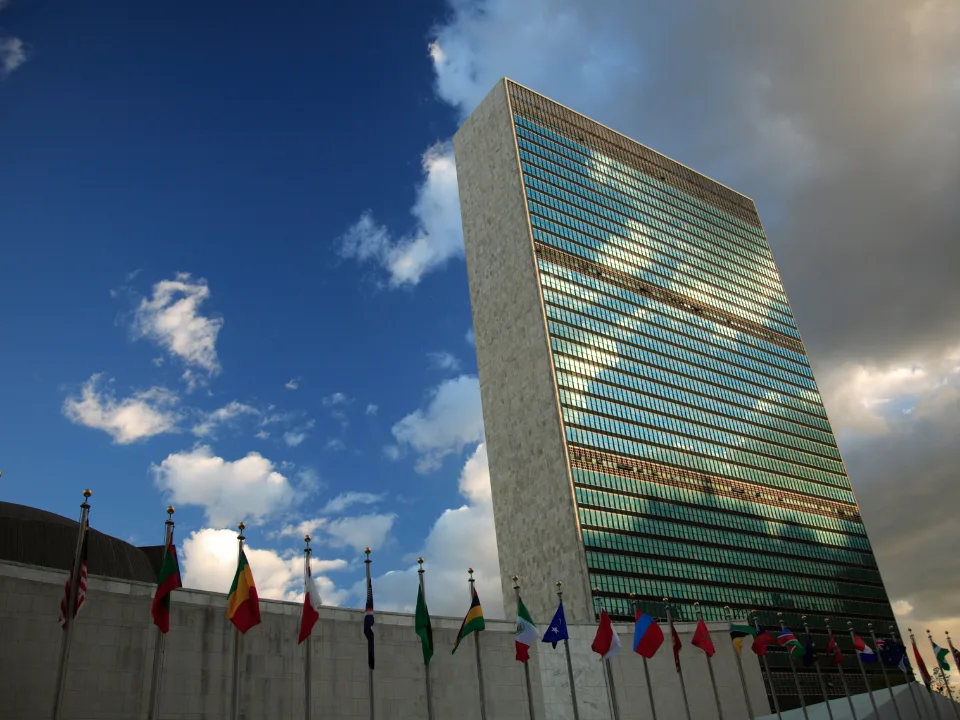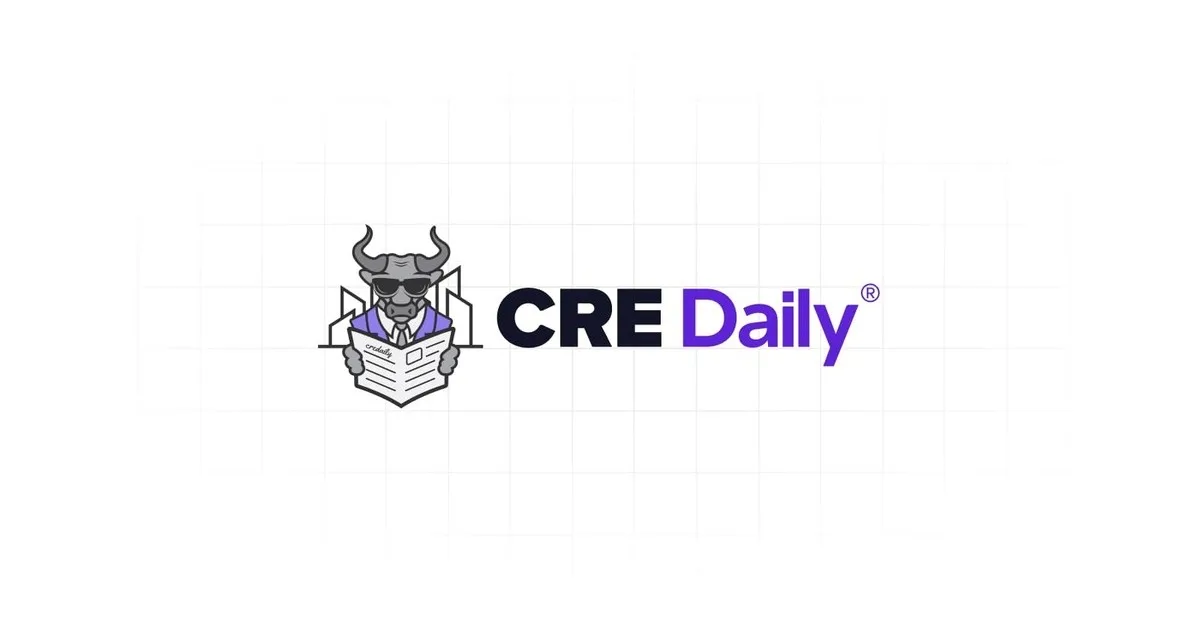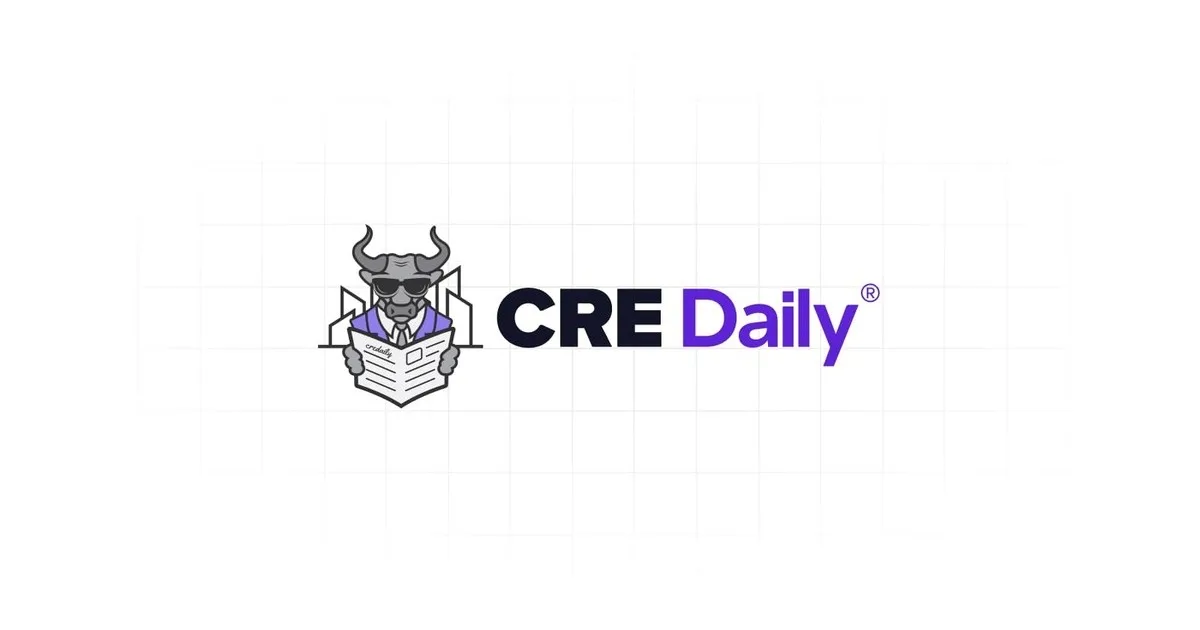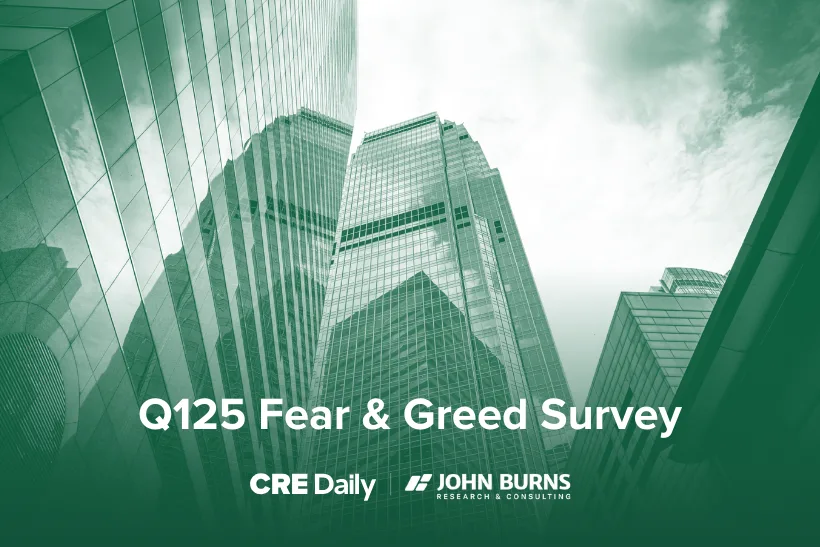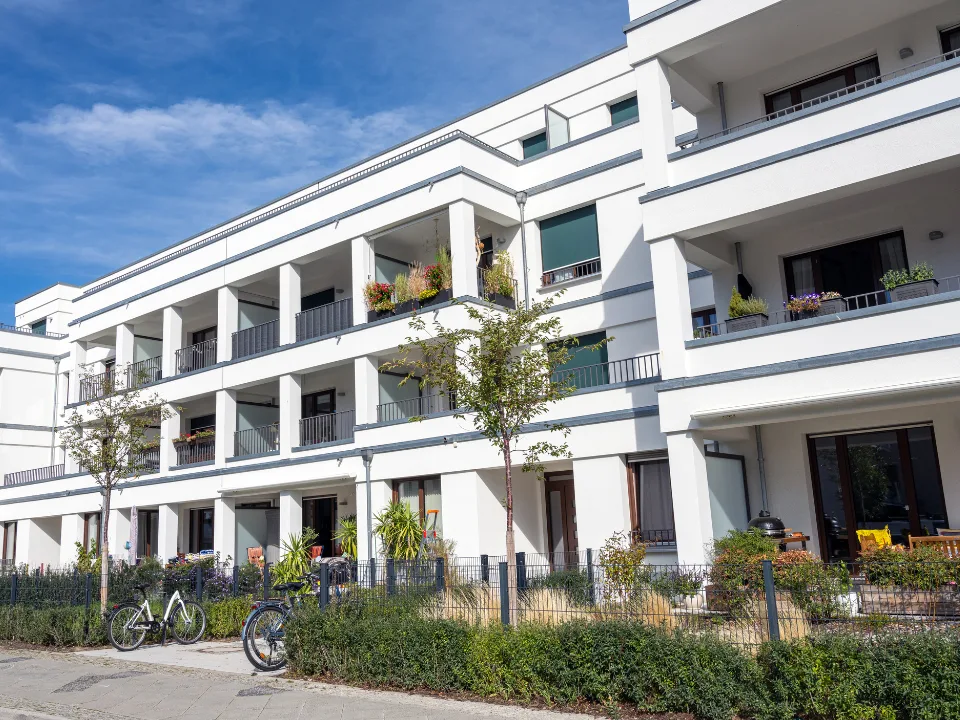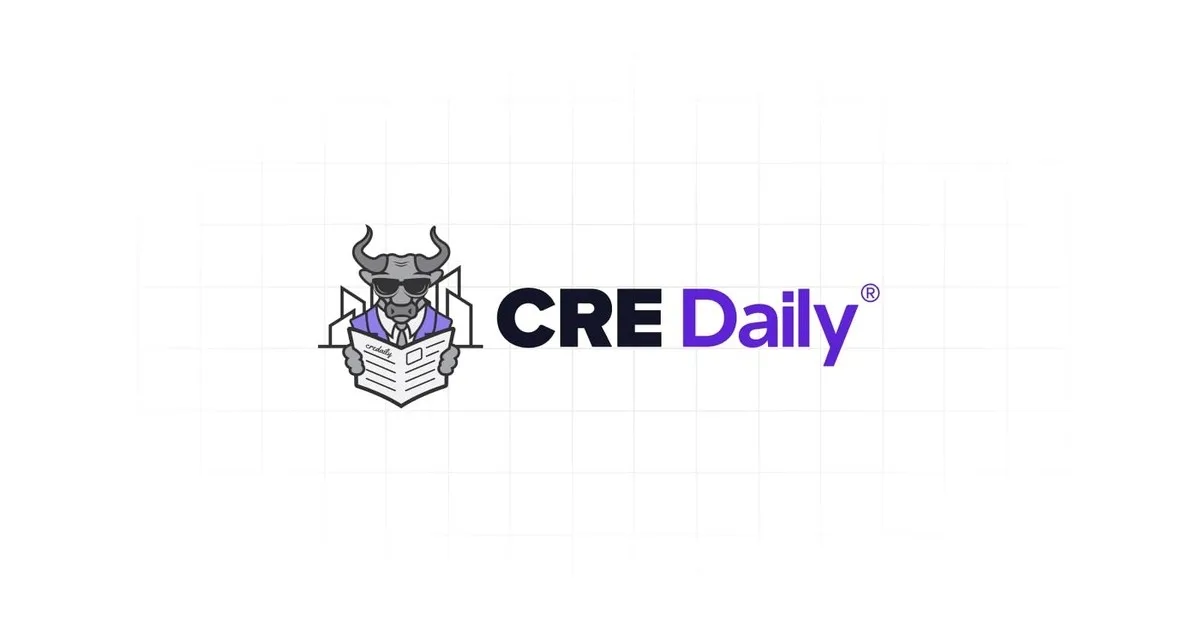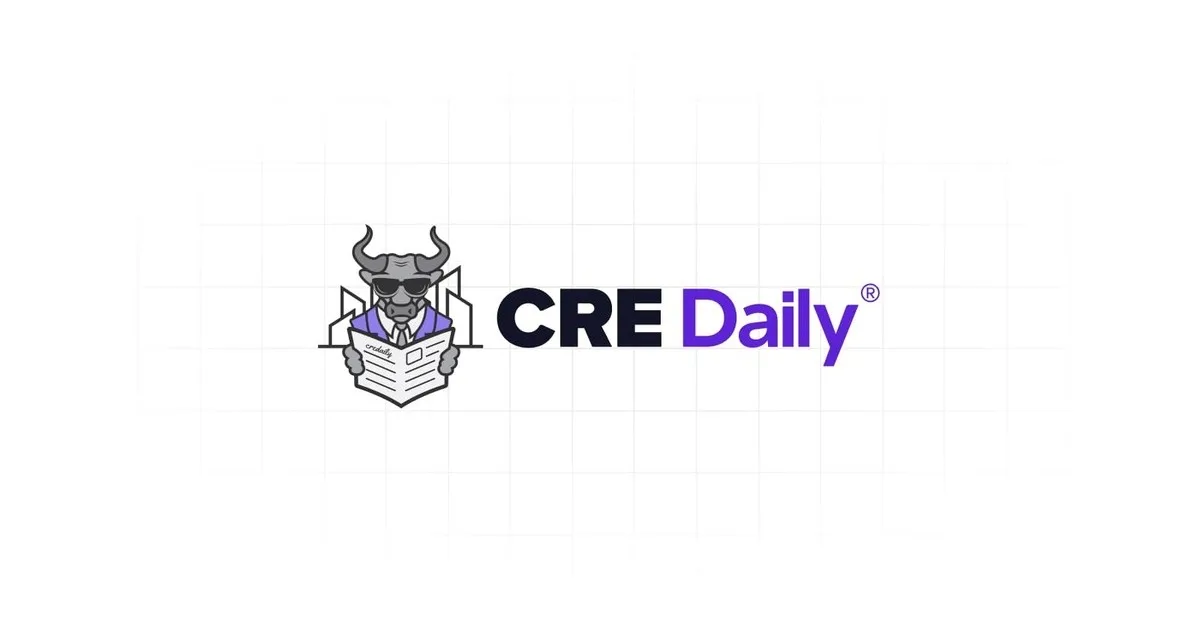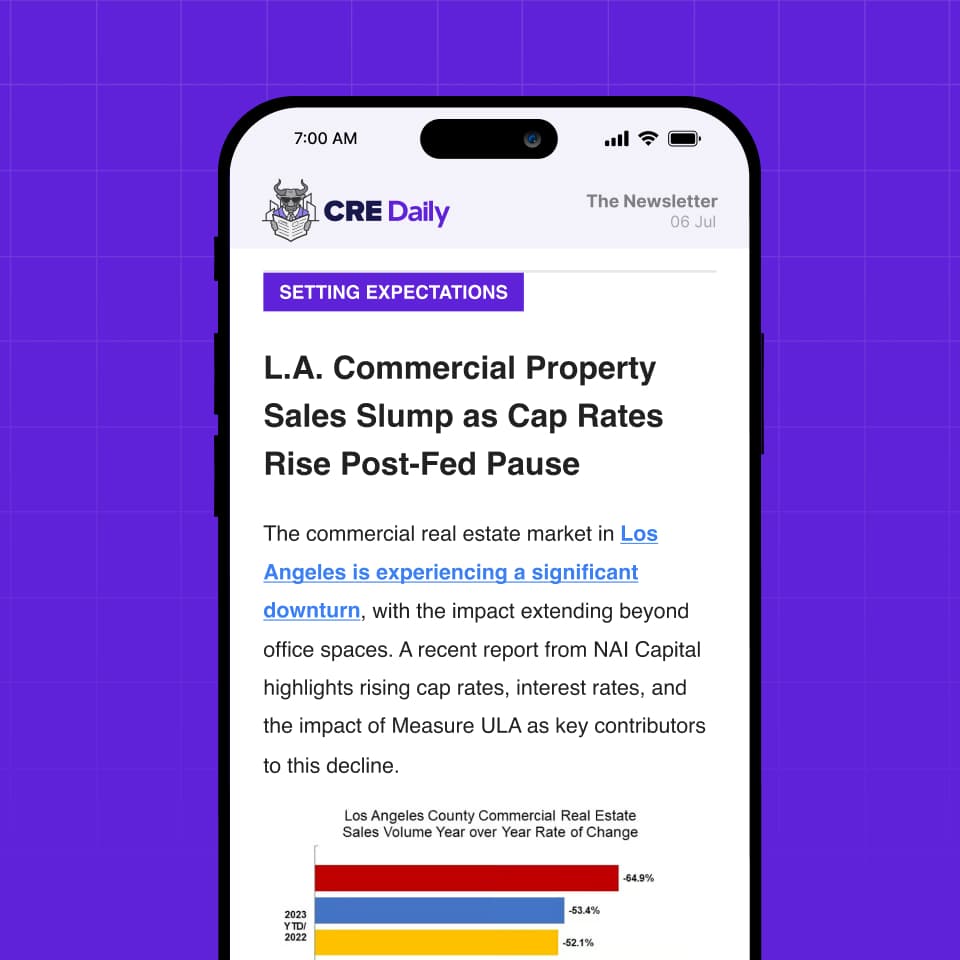- NYC multifamily sales volume jumped 62% YoY to $2.21B, led by free market assets.
- Free market properties accounted for 88% of total dollar volume—a record high.
- Brooklyn led all boroughs with a 138% increase in dollar volume.
- Top deals included Steiner NYC’s $259.5M acquisition and Ares Management’s $202.2M purchase.
NYC Multifamily Bounces Back
New York City’s multifamily market got a significant boost in Q1 2025, rebounding from a sluggish end to 2024, per GlobeSt. Total dollar volume hit $2.21B—a 62% year-over-year spike—marking a return of investor confidence, especially in free market assets. These properties made up 88% of all dollar volume and 58% of transactions in the quarter, both record highs, according to Ariel Property Advisors.
Brooklyn Takes the Lead
Brooklyn stole the spotlight, contributing nearly half the city’s total dollar volume with $1.06B in sales—a 138% increase over the prior year. Transactions rose 9% in the borough, indicating sustained buyer interest. Manhattan followed with solid gains: dollar volume rose 36% while transactions ticked up 5%. Queens also performed well, posting 14% growth in deal count and a 19% increase in sales volume.
The Bronx showed mixed signals. While it posted a 78% jump in transactions, dollar volume dipped by 3%, signaling more deals at lower price points.
Get Smarter about what matters in CRE
Stay ahead of trends in commercial real estate with CRE Daily – the free newsletter delivering everything you need to start your day in just 5-minutes
Major Deals and Rising Rents
Q1’s two headline transactions included Steiner NYC acquiring a 62% stake in 333 Schermerhorn Street for $259.5M and Ares Management taking 75% equity in 525 W 52nd Street for $202.2M. Both underscore the growing appetite for large-scale, institutional-grade multifamily investments.
At the same time, rental rates kept climbing. Manhattan and Brooklyn saw year-over-year rent growth of 7.2% and 9.4%, respectively.
Looking Ahead: Headwinds Remain
Despite strong Q1 figures, Ariel’s report noted potential roadblocks. A freeze on PHFL Section 610 applications limits landlords’ ability to match voucher levels with market rents, potentially discouraging affordable housing investment. Insurance costs are also surging—up 50% since 2021 for pre-1974 properties—and rising tariffs could further inflate material prices.
While development volumes rose 10% and multifamily unit counts jumped 34%, Ariel cautioned that “rising materials and operational costs may delay or reprice development deals.” However, if broader economic indicators weaken, interest rate cuts from the Federal Reserve could spur renewed activity.
Why It Matters
The dominance of free market assets and rebound in investor activity indicate continued belief in NYC’s long-term multifamily value, but rising costs and policy uncertainty may temper that optimism.
